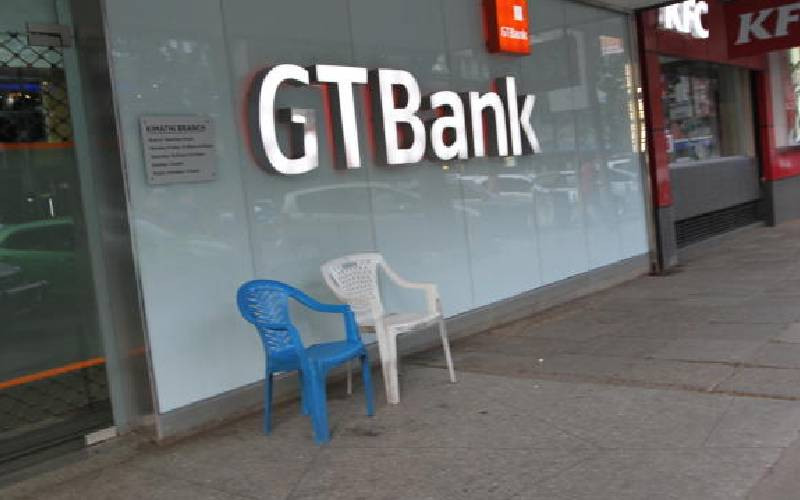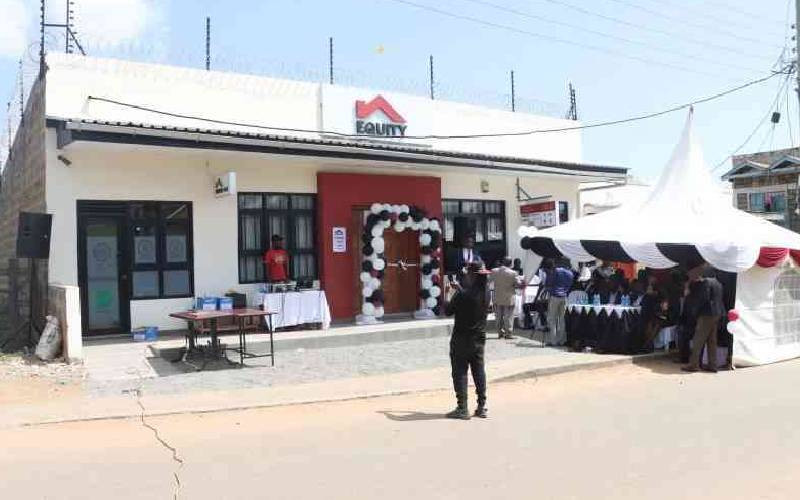Evidence suggests that banking sector stability is an integral driver of economic growth. More often, periods of stability are generally followed by an increase in output growth while instability corresponds with subsequent periods of reduced growth.
In the span of 9 months, three banks; Dubai, Imperial and Chase Bank Limited have been placed under statutory management by the Central Bank of Kenya (CBK).
While this bodes well for the sector’s stability in the longer run, the immediate threats to confidence in the sector cannot be understated.
Whereas the issues may have been caused by idiosyncratic events in the individual banks, the system interlinkages may cause a ripple effect in banks clustered with the units under receivership or owed money by the troubled banks.
Indeed, the CBK has a responsibility and obligation to minimize a financial system crisis. However, whether the decision to place Chase Bank under receivership was optimal is arguable. In the aftermath of the bank failures, liquidity in the money market has dauntingly been skewed with depositors shunning the smaller banks.
The spread on the overnight rate has significantly widened in some instances compelling the CBK to consistently inject liquidity in the market. Currently, the reverse REPO (28 days) rate of 12.32 per cent is way above the 3.70 per cent overnight rate.
Corporate bonds were a popular funding channel for banks in 2015, but may in the interim be locked for banks and the broader corporate.
Chase Bank last year raised Sh5 billion through a corporate bond. Imperial Bank had issued a Sh2 billion bond just two months before it was taken into receivership.
The events coincide with a period of waning exposure to emerging markets by international banks as the costs of non-compliance rise steeply.
The negative sentiments on Kenya’s banking may compound the jitters limiting corporate access to international funding as the lenders cut funding lines. Limited ability of these banks to competitively raise liabilities may exacerbate the liquidity constraints for the small banks.
The sustainably high funding costs for the said banks thus suggest that they may not be able to competitively price their assets, raising questions on the sustainability. Credit growth to the private sector has been crippled by the high cost of credit. Lending rates have remained high averaging 17.8 per cent as of February 2016. With lethargic investments by the private sector, an inclusive 5.80 per cent economic growth may be fairly aggressive.
Moreover, disruption to business liquidity may affect productivity. The convenience the small banks offer to the small and medium enterprises and individuals cannot be understated.
Banks are a key source of income tax to the government and weak performance as a result of high funding costs may cloud government’s revenue outlook.
A potentially higher fiscal deficit may necessitate heavy borrowing, with potential crowding out effect or a cut in spending weighing on growth. In the interim, the Central Bank has to deal with what now seems like a vicious cycle of liquidity risks among Tier II and III banks as well as the deposit taking microfinance institutions.
From a supervisory perspective, the CBK may need regular data on banks to help profile and identify illiquid or even insolvent banks and provide temporary liquidity support.
Stay informed. Subscribe to our newsletter
In the longer run, strict supervision and regulation will be a fundamental weapon against future liquidity risks. This includes the need to ensure compliance to corporate governance best practices.
We applaud the regulator’s commitment to onsite supervision, a move likely to result in more factual reporting of banks’ financial position.
So far, the market seems reasonably optimistic of the CBK’s ability to manage the situation. One of the indicators of confidence, the Kenya shilling has broadly stabilised below 101.50.
 The Standard Group Plc is a
multi-media organization with investments in media platforms spanning newspaper
print operations, television, radio broadcasting, digital and online services. The
Standard Group is recognized as a leading multi-media house in Kenya with a key
influence in matters of national and international interest.
The Standard Group Plc is a
multi-media organization with investments in media platforms spanning newspaper
print operations, television, radio broadcasting, digital and online services. The
Standard Group is recognized as a leading multi-media house in Kenya with a key
influence in matters of national and international interest.
 The Standard Group Plc is a
multi-media organization with investments in media platforms spanning newspaper
print operations, television, radio broadcasting, digital and online services. The
Standard Group is recognized as a leading multi-media house in Kenya with a key
influence in matters of national and international interest.
The Standard Group Plc is a
multi-media organization with investments in media platforms spanning newspaper
print operations, television, radio broadcasting, digital and online services. The
Standard Group is recognized as a leading multi-media house in Kenya with a key
influence in matters of national and international interest.








